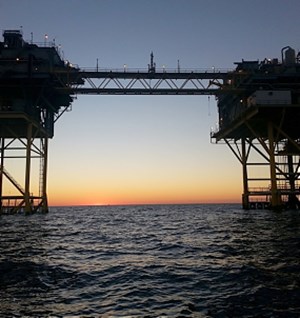By Julianne Geiger
Iran’s Parliament Research Center is predicting negative growth for Iran in the current fiscal year that ends March 20 due to its falling exports, Radio Farda reported on Friday.
The economic contraction could be as significant as 5.5 per cent negative growth, the Research Center figures, with the best-case scenario ending with a 2.6 per cent negative growth.
The rosier scenario of the two assumes that Iran will see a 800,000 barrel per day loss in Iran’s crude oil exports. The bleaker view assumes Iran’s oil exports will dip by 1.6 million barrels per day.
Beyond March 2019, when this fiscal year ends, the research center is predicting a 4.5 to 5.5 per cent contraction.
Iran’s oil exports have decreased despite Iran’s insistence that the U.S. sanctions levied against Iran in November would have no effect on its oil exports.
But Iran’s oil exports have dropped, including in November 2018, the first month that the US sanctions were in force. November saw a several-hundred-thousand-barrel decline because although eight major importers of Iranian oil secured sanction waivers, they were not given until the last minute, Unsure if they would get a waiver or not, they tapered their call for Iranian oil for fear of violating the sanctions.
While unofficial, Reuters reported that Iran’s exports to Asia recently fell to 660,000 barrels a day compared to 1.7 million barrels a day in 2017.
Iran’s total crude oil exports are likely somewhere between 1.3 million and 1.5 million barrels daily, down from roughly 2.7 million barrels per day pre-sanction.
To mitigate the effects of the US sanctions on its oil exports, Iran is making a push to become self-sufficient with gasoline by increase its capacity to 100 million liters daily.
Source: Oilprice.com









Their global health insights are enlightening.
where to buy cheap lisinopril pills
Consistently excellent, year after year.